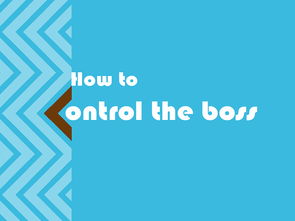Content:
As an angler, there's nothing more satisfying than watching your fishing line go tight as a fish takes the bait. However, one of the most challenging aspects of fishing is mastering the art of setting the float quickly. The quicker you can set the float, the more likely you are to catch more fish. In this article, we'll delve into the essential techniques for achieving a quick float setting, ensuring you're ready to pounce on any bite.

Understanding the Float
Before we dive into the techniques, it's crucial to understand the float itself. A float, also known as a bobber, is a device that sits on the water's surface and helps you detect when a fish is biting. The float is connected to your fishing line via a swivel, which allows it to move freely. When a fish takes the bait, the float will move, signaling a potential catch.
Choosing the Right Float
The first step to quick float setting is selecting the right float for your fishing conditions. A smaller float is generally easier to set quickly, as it requires less movement to detect a bite. However, it's essential to choose a float that is appropriate for the depth you're fishing and the size of the bait you're using.
Preparing Your Gear
To set the float quickly, you need to ensure your gear is in top condition. Here are a few tips:
- Keep your fishing line tight and taut. This allows you to detect even the slightest movement of the float.
- Use a quality swivel. A good swivel will reduce friction and allow the float to move freely.
- Make sure your hook is sharp and properly attached to the line.
The Quick Float Setting Technique
Now that you have the right gear, it's time to master the quick float setting technique. Here's how to do it:
- Hold the Line Firmly: When you see the float start to move, grip the line firmly with your index and middle fingers. This will help you react quickly.
- Tug Gently: As the float moves, give the line a gentle tug. This will set the hook without spooking the fish.
- Timing is Key: The key to quick float setting is timing. You want to set the hook just as the float starts to move, but not before. Practice will help you develop a feel for the right moment.
- Practice Makes Perfect: The more you practice, the better you'll become at detecting and reacting to the float's movement. Spend some time fishing with different baits and in various conditions to improve your skills.
Advanced Techniques
Once you've mastered the basic quick float setting technique, you can try some advanced methods to increase your chances of catching more fish:
- Using a Strike Indicator: A strike indicator is a small device that moves when a fish takes the bait. It can be particularly useful in windy conditions or when the water is murky.
- Adjusting the Float: If you're having trouble detecting bites, try adjusting the float's position. Moving it closer to the hook can make it more sensitive to subtle movements.
- Changing the Bait: Sometimes, the type of bait you're using can affect how well you can detect bites. Experiment with different baits to see which one works best for your fishing conditions.
Conclusion
Mastering the art of quick float setting is a valuable skill for any angler. By choosing the right gear, preparing your equipment, and practicing the technique, you'll be well on your way to catching more fish. Remember, timing is everything, so keep practicing and don't get discouraged if you don't catch right away. With persistence and dedication, you'll become a faster and more successful angler in no time. Happy fishing!












